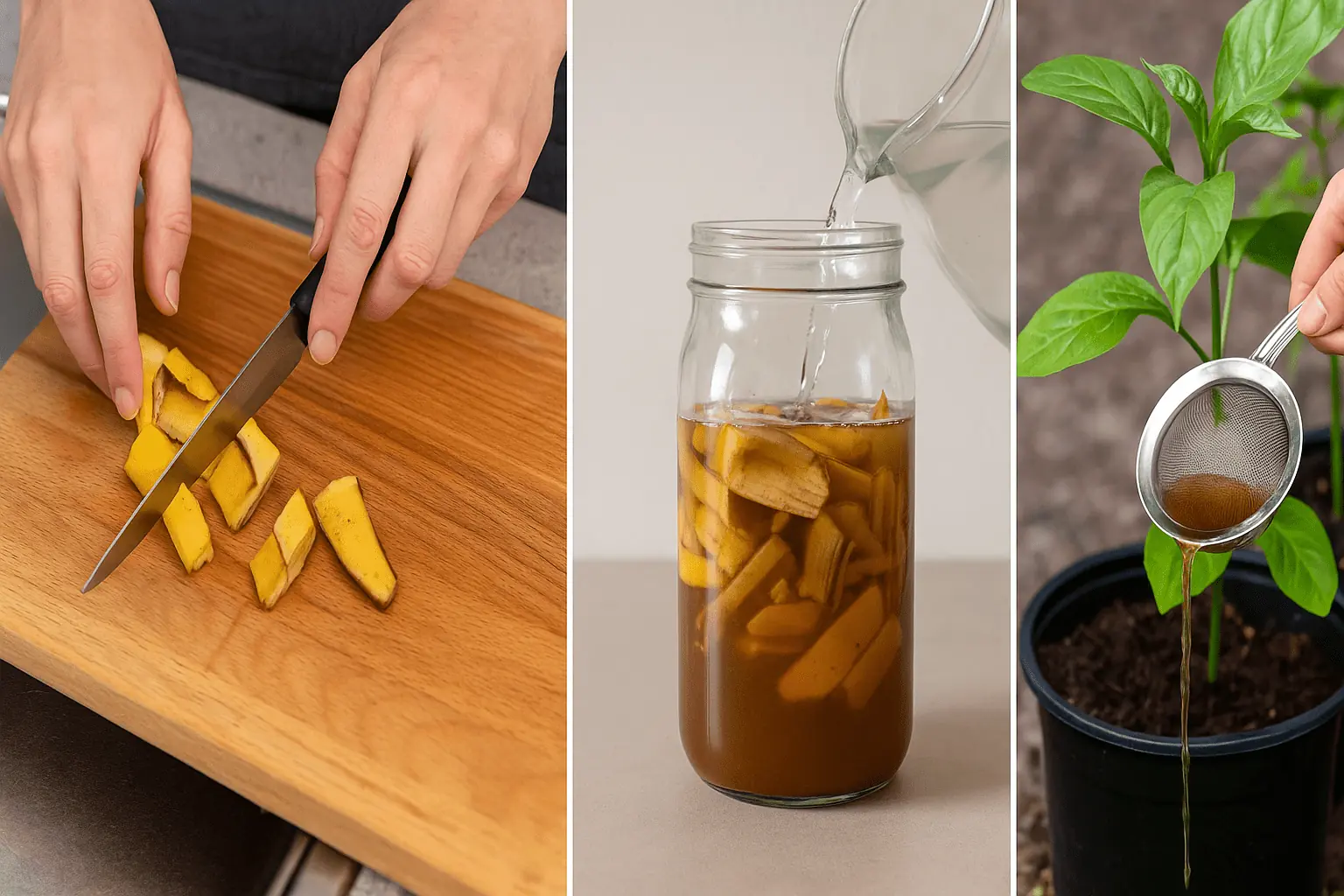
Keep Your Herbs Thriving: 9 Essential Herbs That Grow Better When Regularly Trimmed

Whether you’re an experienced gardener or just starting your herb garden, it’s important to know how to care for your herbs so they thrive and continue to provide fresh, flavorful additions to your meals. One key aspect of herb care that can often be overlooked is regular trimming. By cutting back certain herbs at the right times, you can help them grow stronger, prevent overgrowth, and enjoy a bountiful harvest for longer periods.
In this guide, we’ll cover 9 common herbs that benefit from regular trimming and provide you with expert tips on how to care for them. Let’s dive in and learn how to keep your herbs thriving year-round!
1. Basil: A Fresh Flavor Powerhouse
Basil is one of the most popular herbs in kitchens worldwide, known for its fresh, aromatic flavor. To ensure your basil plant continues to thrive, trim it every 1 to 2 weeks. Regular trimming helps prevent the plant from flowering, which can lead to a loss of flavor and a decrease in leaf production.
Why it’s important: Cutting back the tips encourages your basil plant to produce new, fresh growth. This not only keeps your plant healthier but also gives you a steady supply of basil to use in your dishes.
Pro tip: Always trim basil leaves from the top, making sure to leave at least two sets of leaves behind to encourage regrowth.
2. Mint: Keep It in Check
Mint is a fast-growing herb that can easily become invasive if not managed properly. Regular trimming every 2 to 3 weeks will help you keep it under control and prevent it from overtaking your garden or indoor space.
Why it’s important: Mint can spread quickly, crowding out other plants. By trimming it regularly, you not only keep it contained but also encourage bushier growth that produces more leaves.
Pro tip: If you’re growing mint in a pot, trimming the plant back can also help prevent it from outgrowing the container.
3. Oregano: Encourage Bushier Growth
Oregano is another herb that thrives with regular trimming. Every 2 to 3 weeks, cut back the plant to encourage a bushier growth habit. This will help prevent it from becoming leggy and sparse.
Why it’s important: Regular trimming encourages your oregano plant to develop more stems, which results in a fuller, healthier plant that produces more leaves for harvesting.
Pro tip: After trimming, use the cuttings to flavor your dishes, or dry them for later use.
4. Thyme: Stimulate Fresh Shoots
Thyme is a versatile herb, perfect for adding depth to a variety of dishes. Trim it after it blooms to promote the growth of fresh shoots. This will keep the plant healthy and encourage new growth for continued harvesting.
Why it’s important: Once thyme begins to flower, its flavor can become less vibrant. Cutting it back after blooming helps maintain the herb’s fresh flavor and prevents it from becoming woody.
Pro tip: Trim the stems just above the leaf node to encourage healthy new growth.
5. Rosemary: Maintain Shape and Strength
Rosemary is a hardy herb that benefits from a spring and summer trim. Regularly trimming your rosemary plant helps maintain its shape and keeps it growing strong.
Why it’s important: Pruning rosemary not only keeps the plant looking neat and compact but also stimulates new growth, ensuring the plant remains healthy and productive.
Pro tip: Avoid trimming rosemary during its winter dormancy period. Instead, focus on pruning it in the warmer months when it’s actively growing.
6. Cilantro: Extend the Harvest
Cilantro tends to bolt (flower and go to seed) quickly in hot weather. To extend your harvest, trim your cilantro every 1 to 2 weeks. Cutting back the plant helps delay bolting and encourages new leaf growth.
Why it’s important: Cilantro has a short lifespan, but regular trimming can help you enjoy fresh cilantro for a longer period. The more you trim, the more the plant will produce leaves.
Pro tip: If your cilantro has already gone to seed, try harvesting the seeds to use as coriander in your cooking.
7. Parsley: Boost Fresh Regrowth
Parsley is a hardy herb that thrives with regular trimming. Once the stems reach about 4 inches long, trim them back to promote fresh, vibrant regrowth.
Why it’s important: Regular pruning helps parsley maintain its tenderness and flavor. If left unchecked, parsley can become leggy, making it harder to harvest.
Pro tip: Always trim the outer leaves first, leaving the inner leaves to grow and mature.
8. Chives: Keep Them Tender and Flavorful
Chives are one of the easiest herbs to grow and maintain, but they still benefit from regular trimming. Cut them back to the base every 2 weeks to keep the stalks tender and flavorful.
Why it’s important: Regular cutting encourages new growth, ensuring that you always have fresh, flavorful chives on hand. It also prevents the plant from becoming too tall and losing its flavor.
Pro tip: Use clean scissors or garden shears to snip the chives at the base, and be sure to leave some growth to allow the plant to continue producing.
9. Tarragon: Enhance Aroma and Taste
Tarragon is a fragrant herb that’s great for adding flavor to a wide range of dishes. To keep it at its best, trim it regularly to prevent flowering. This will help preserve its aromatic flavor and encourage healthy growth.
Why it’s important: Tarragon’s flavor diminishes once it starts to flower. By trimming it before that happens, you ensure that the plant remains full of flavor and produces more fresh leaves.
Pro tip: Snip off any flower buds as soon as they appear to keep the plant focused on producing leaves.
Final Thoughts
By regularly trimming your herbs, you can help them thrive and extend their harvests, ensuring that your garden continues to provide fresh, flavorful ingredients for your cooking. Whether you’re growing basil, mint, or tarragon, taking the time to care for your plants properly will reward you with healthier herbs and a more bountiful harvest.
Now that you know the benefits of regular trimming, why not get started on enhancing your herb garden today? With a little care and attention, you’ll soon be enjoying a wide variety of fresh herbs all season long!
Tip for herb care success: Keep a consistent trimming schedule, and don’t forget to use your cuttings in your cooking—they’re perfect for making fresh herb sauces, garnishes, and more! Happy gardening!
News in the same category


Natural Pest Control with Baking Soda & Vinegar

How To Properly Dispose of Ticks

Clear vs. Cloudy Ice: Why It Happens and How to Make Crystal-Clear Ice at Home
20 Household Cleaning Products You Should Never Mix Together

A month before a stroke, your body warns you: 10 signs not to ignore
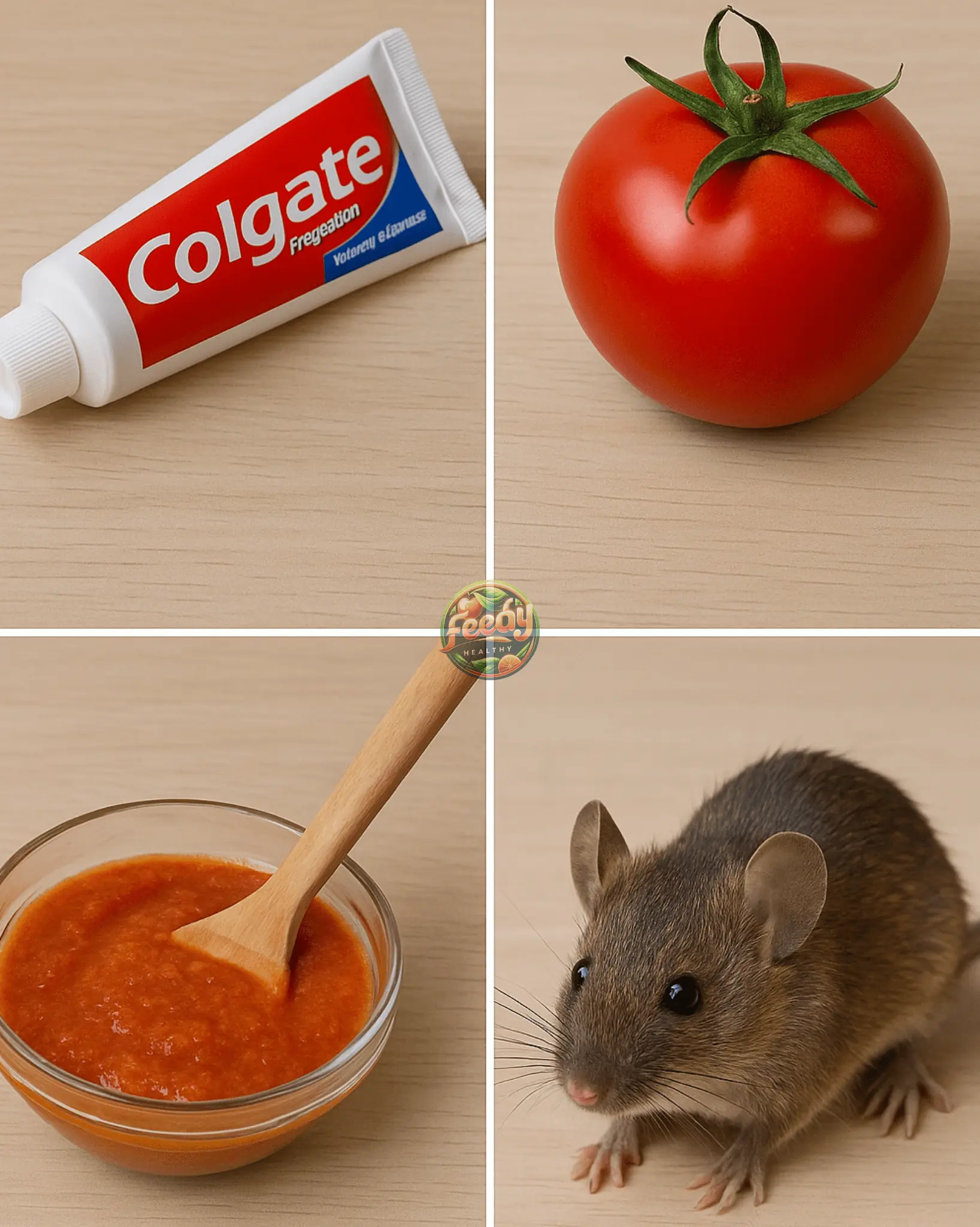
Natural Remedy to Get Rid of Rats & Mice in Your Home

How to Grow Hydrangeas from Cuttings: A Step-by-Step Guide
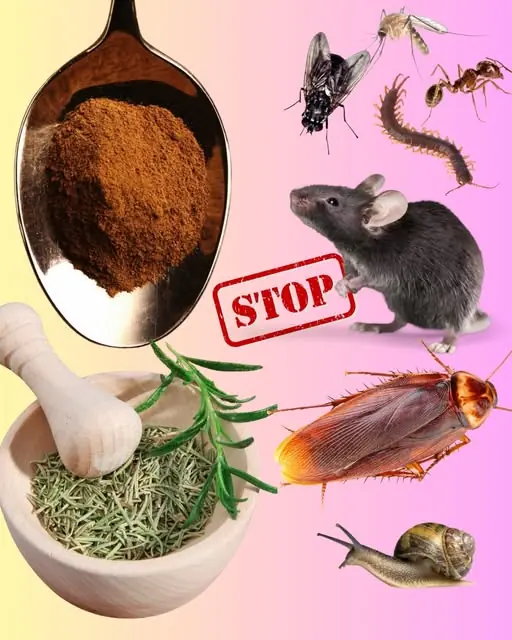
Natural Pest Repellent: Keep Your Home and Garden Safe Without Harsh Chemicals

9 Brilliant Ways to Clean Using Everyday Household Items

Why keeping a lemon in your bedroom is a great idea

Why You Should Never Boil Eggs Directly in Water – Chef’s Secret Revealed! | Barbara O’Neill Inspired

CLEVER CAMPING HACK: HOW TO STOP THIEVES FROM STEALING YOUR EXTENSION CORDS
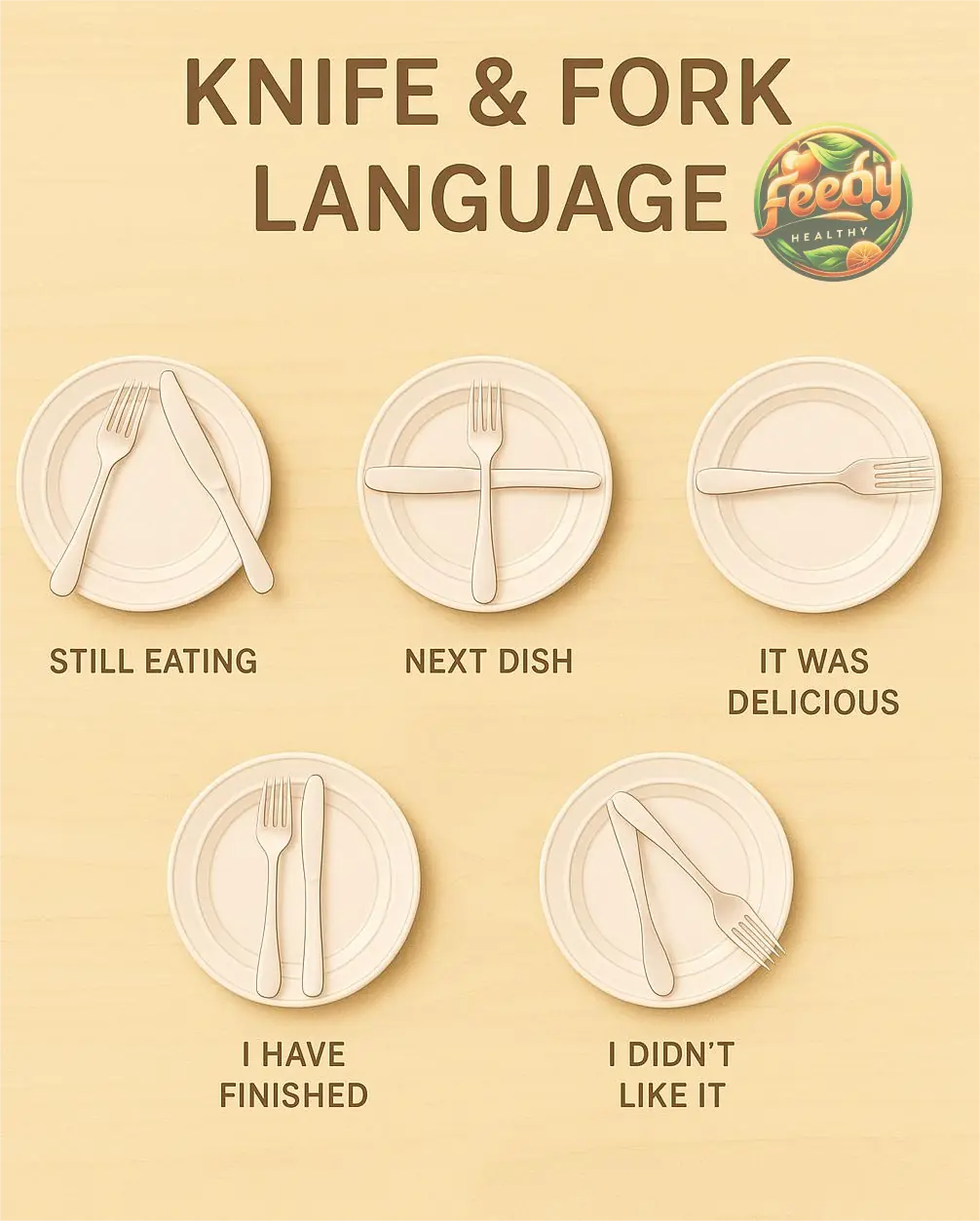
What are the origins of knife and fork language etiquette?
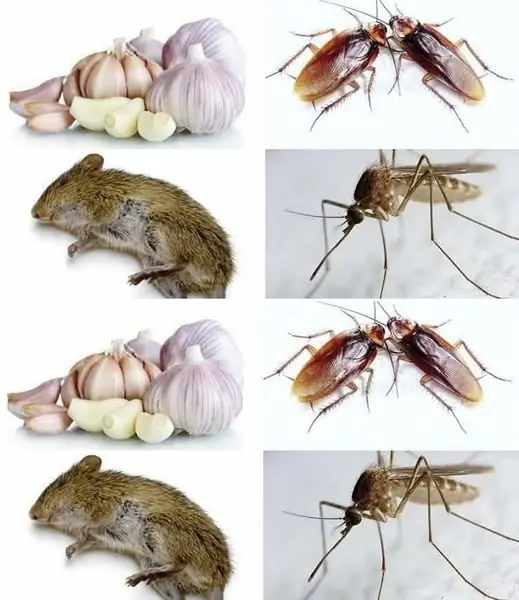
Garlic method to combat household pests

“My Nana Swears by This Trick!” – A Natural Way to Keep Mosquitoes Away
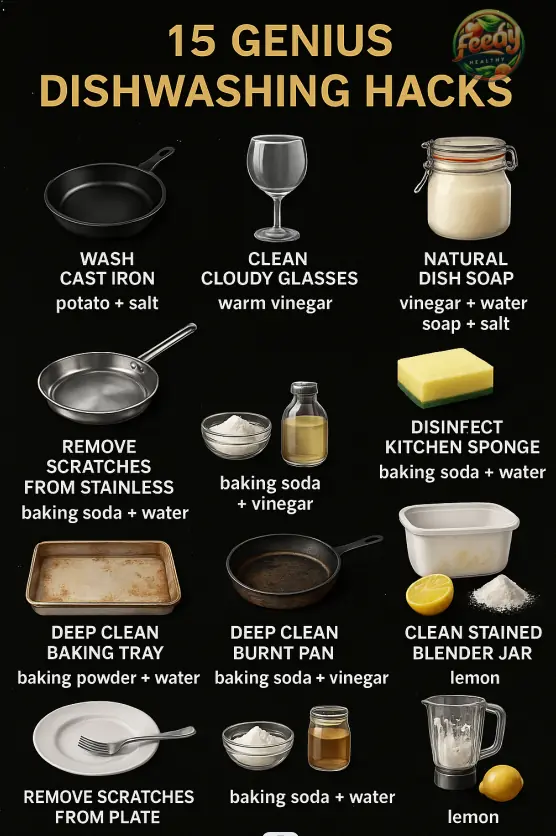
15 Genius Dishwashing Hacks for a Sparkling Kitchen
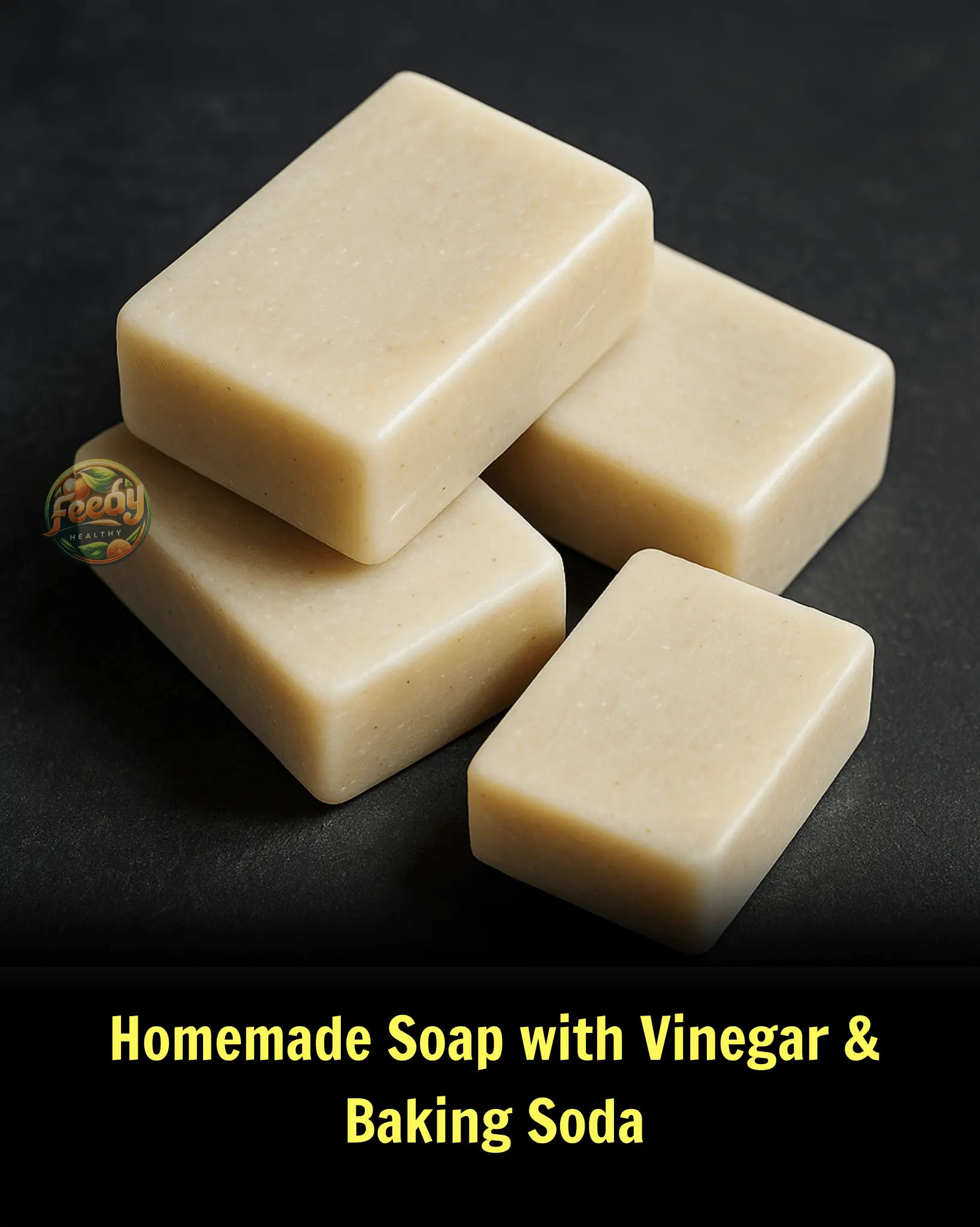
🧼 Homemade Soap with Vinegar & Baking Soda
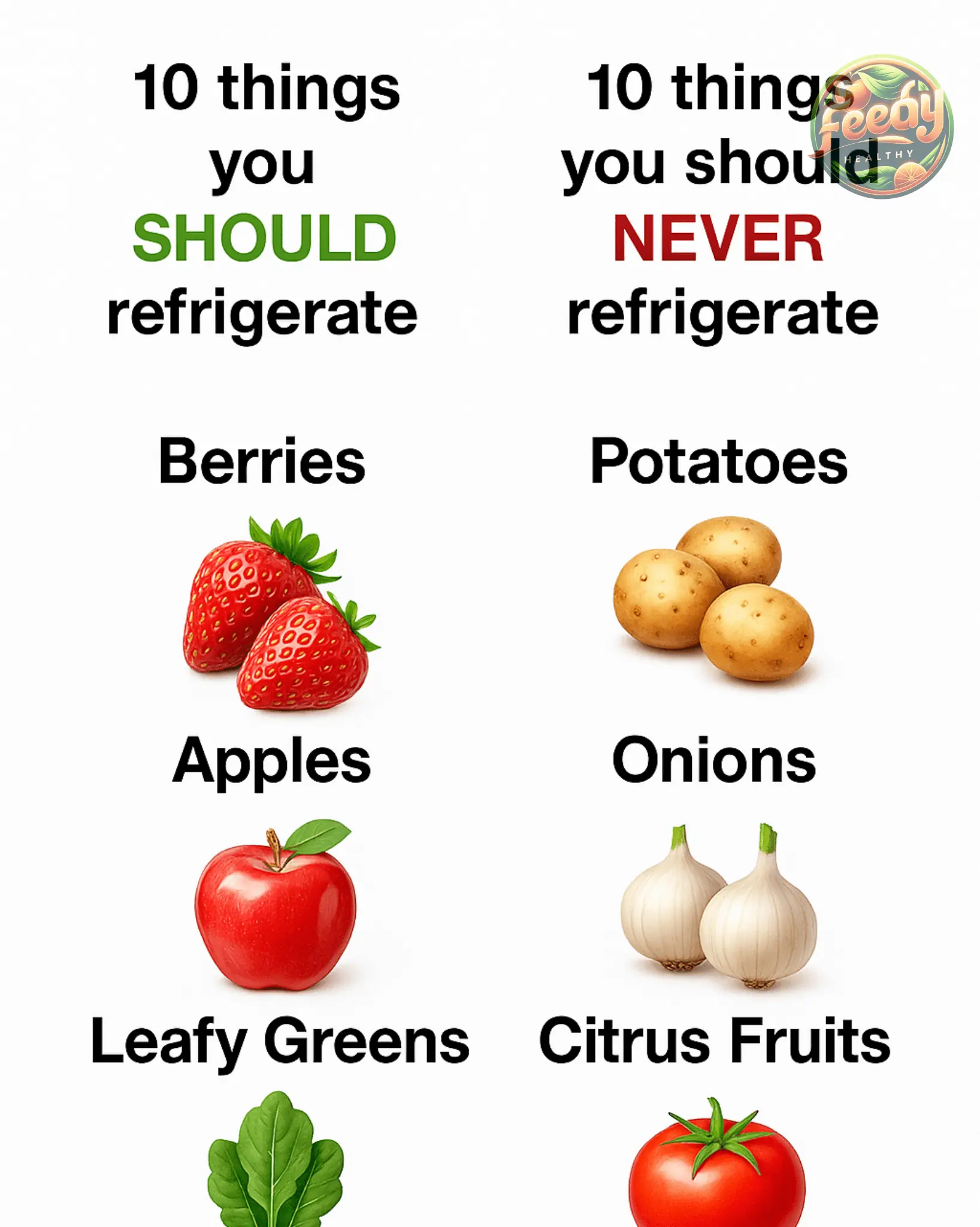
10 things to always refrigerate & 10 things to never refrigerate
News Post

Tourist who was trapped 1,600ft down active volcano for days tragically dies before rescuers get to her
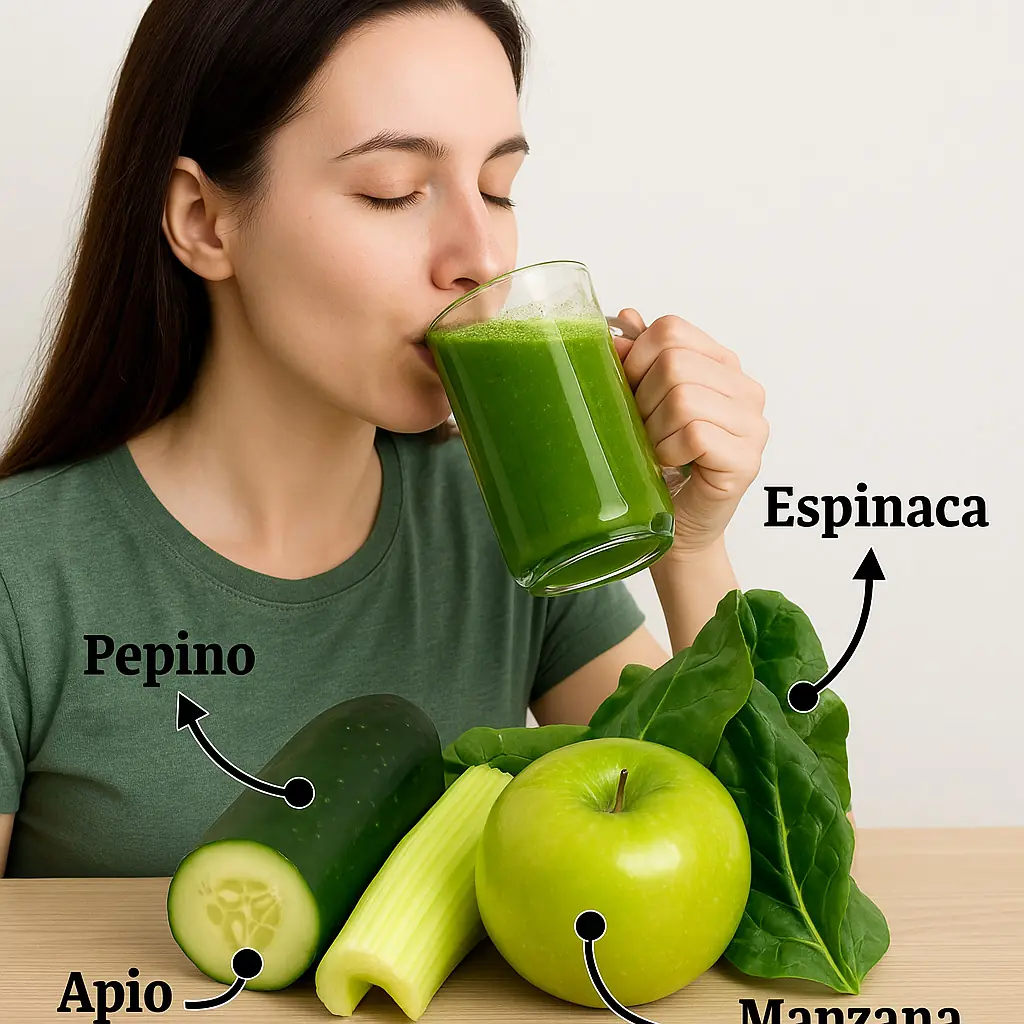
The Ultimate Green Juice for Weight Loss

Natural Remedy to Eliminate Arthritis, Swollen Feet, Poor Circulation & Back Pain

Say Goodbye to Knee Pain and Swollen Feet with This Natural Remedy

A 14-Year-Old Girl Diagnosed with Bowel Cancer Due to Her Mother's Busy Schedule: A Wake-Up Call About 5 Foods Children Should Never Eat for Breakfast

How to Transform Banana Peels into Powerful Homemade Fertilizer In Just 5 Steps

5 Mouth Symptoms That Could Signal Cancer – Don’t Ignore the Pain

Stage 4 cancer patient warns overlooked minor signs can mask a fatal disease

Vaseline For A Wrinkle-Free, Flawless, Glowing Skin

THE FASTEST WAY TO GROW OKRA NOBODY TALKS ABOUT!
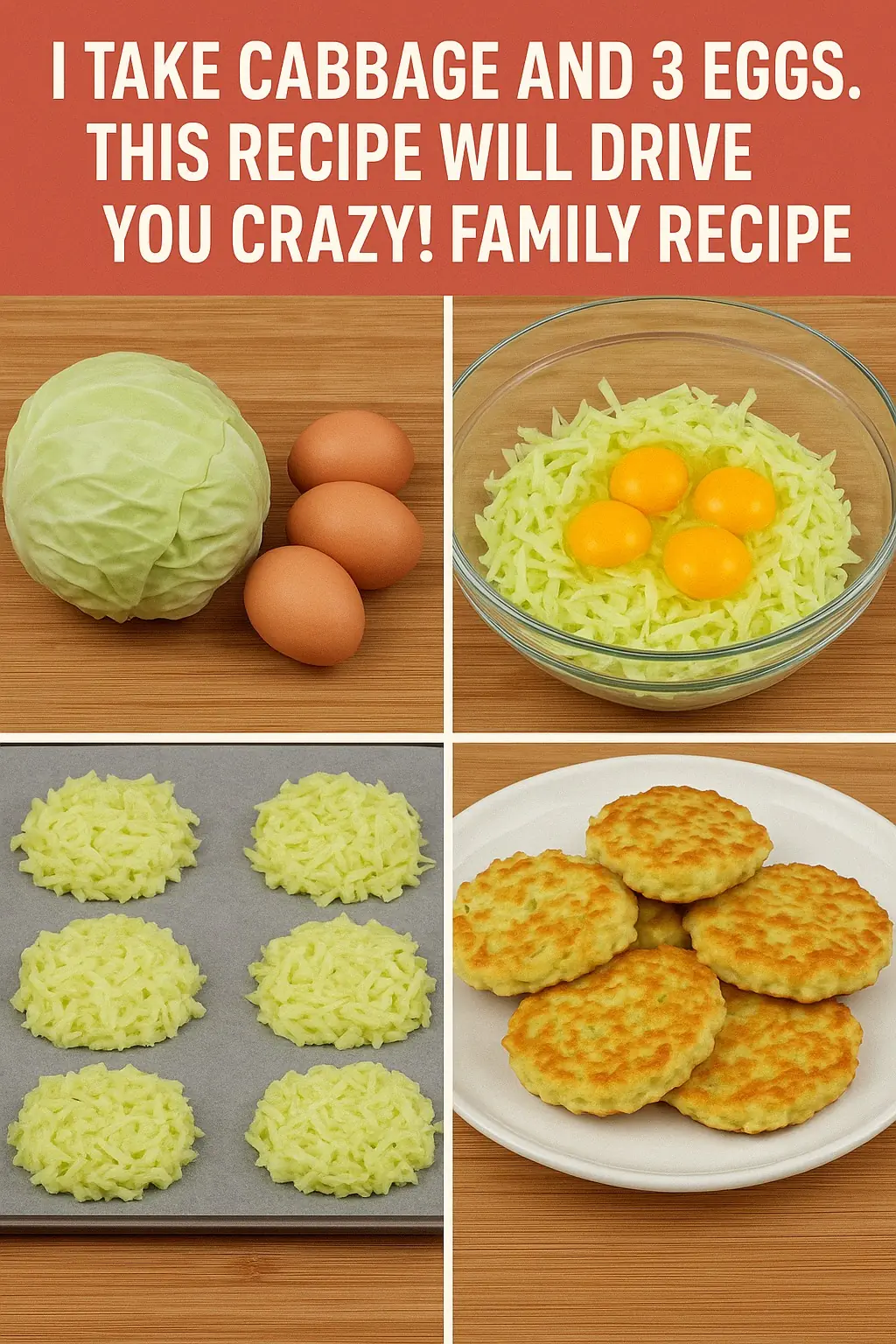
Take a Bite of these Delicious Cabbage and Egg Fritters!

Warning Signs of High Cholesterol You Shouldn’t Ignore

THE ULTIMATE GREEN JUICE FOR WEIGHT LOSS — FLATTEN YOUR STOMACH FAST!

Eat THIS to Restore Knee Cartilage 💥 (Incredibly Fast!) 🤯 – Chia Seeds!

6 Types of Pain That May Signal Early-Stage Cancer: Don’t Ignore These Symptoms Before It Spreads
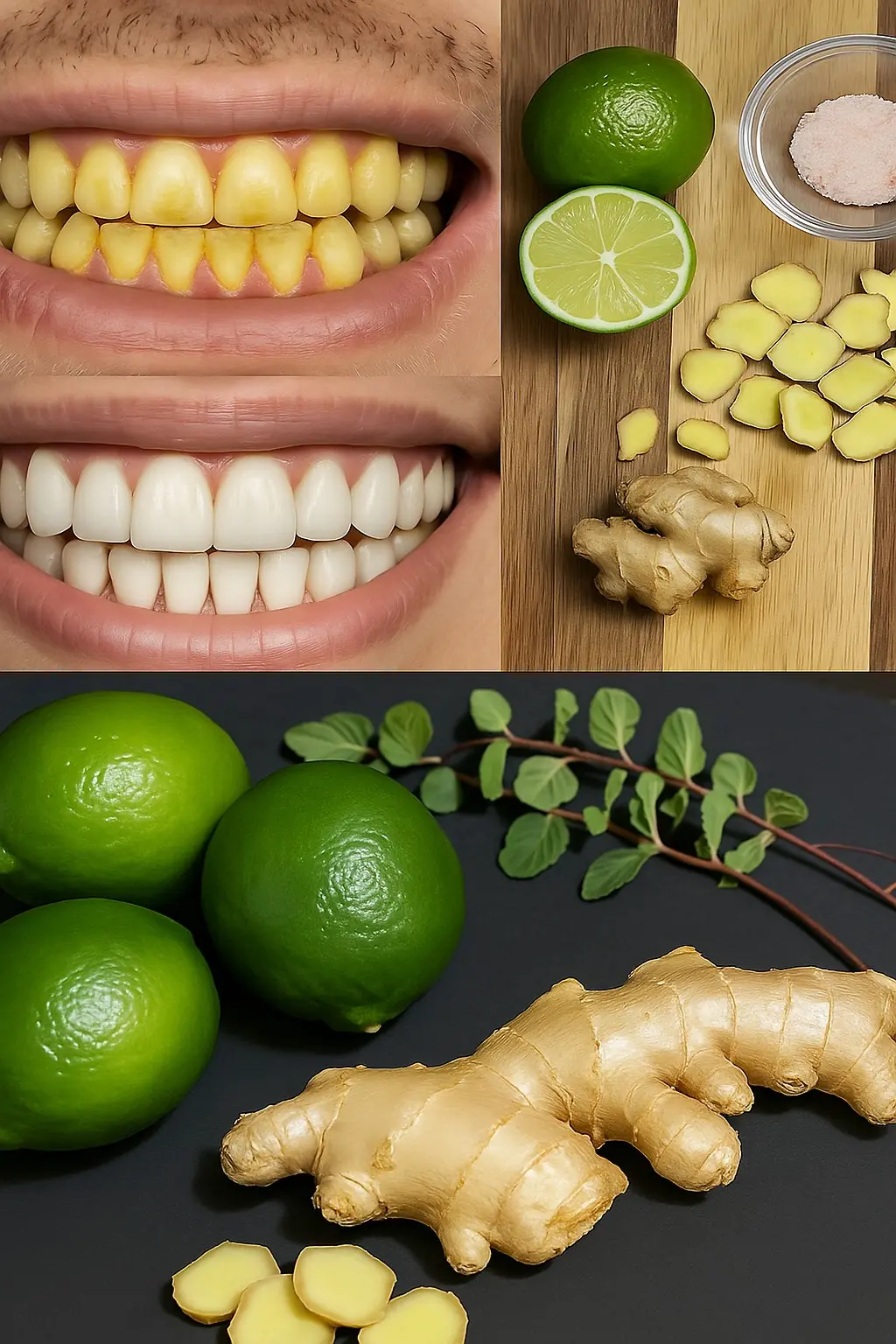
Sparkle Naturally: Transform Your Smile with Ginger and Salt!

10 best teas for your lungs

I soaked my feet in apple cider vinegar. 15 mins later, this is what happened

Improve Your Eyesight with the Power of Carrots! 🥕👀✨
